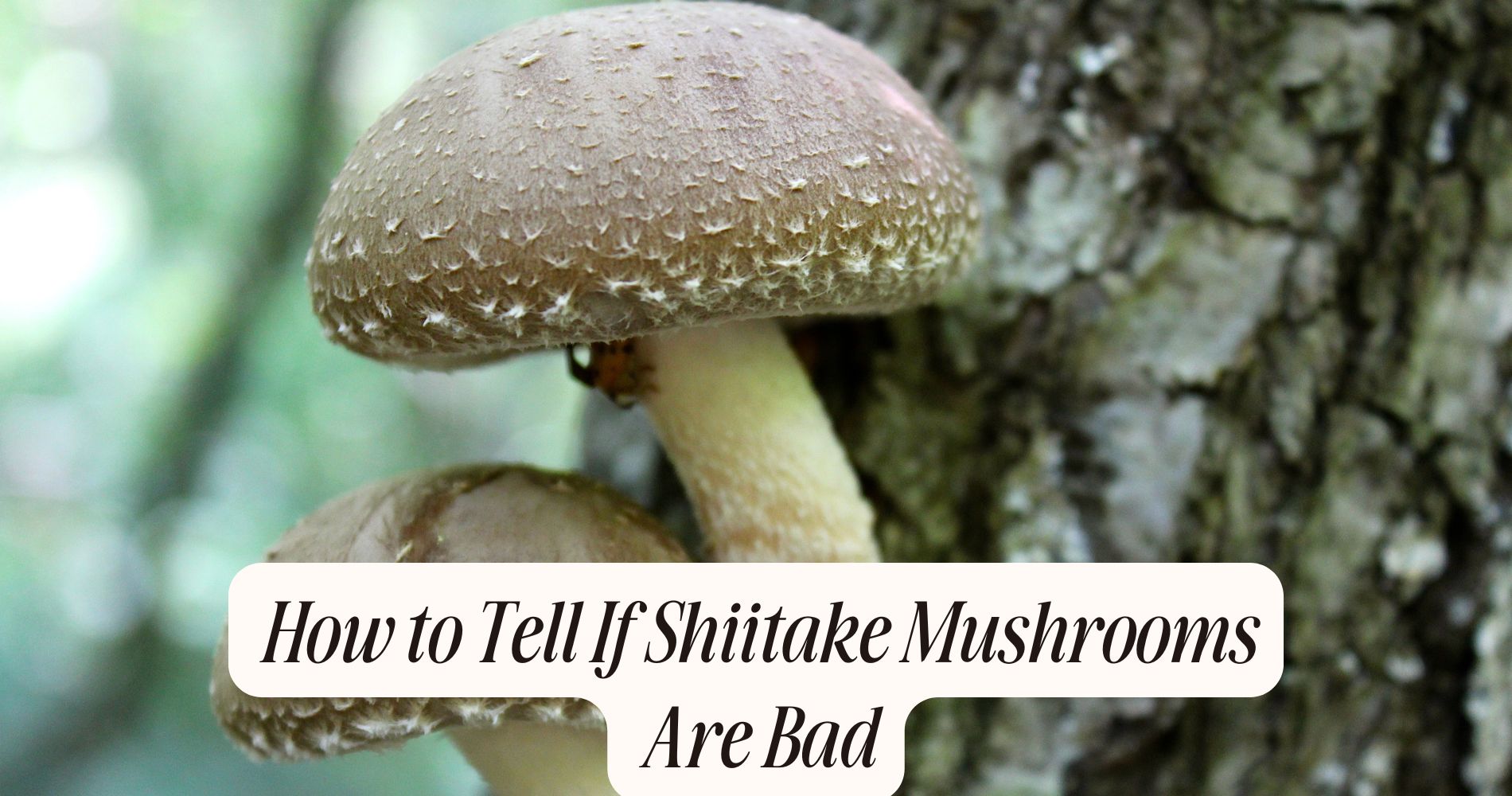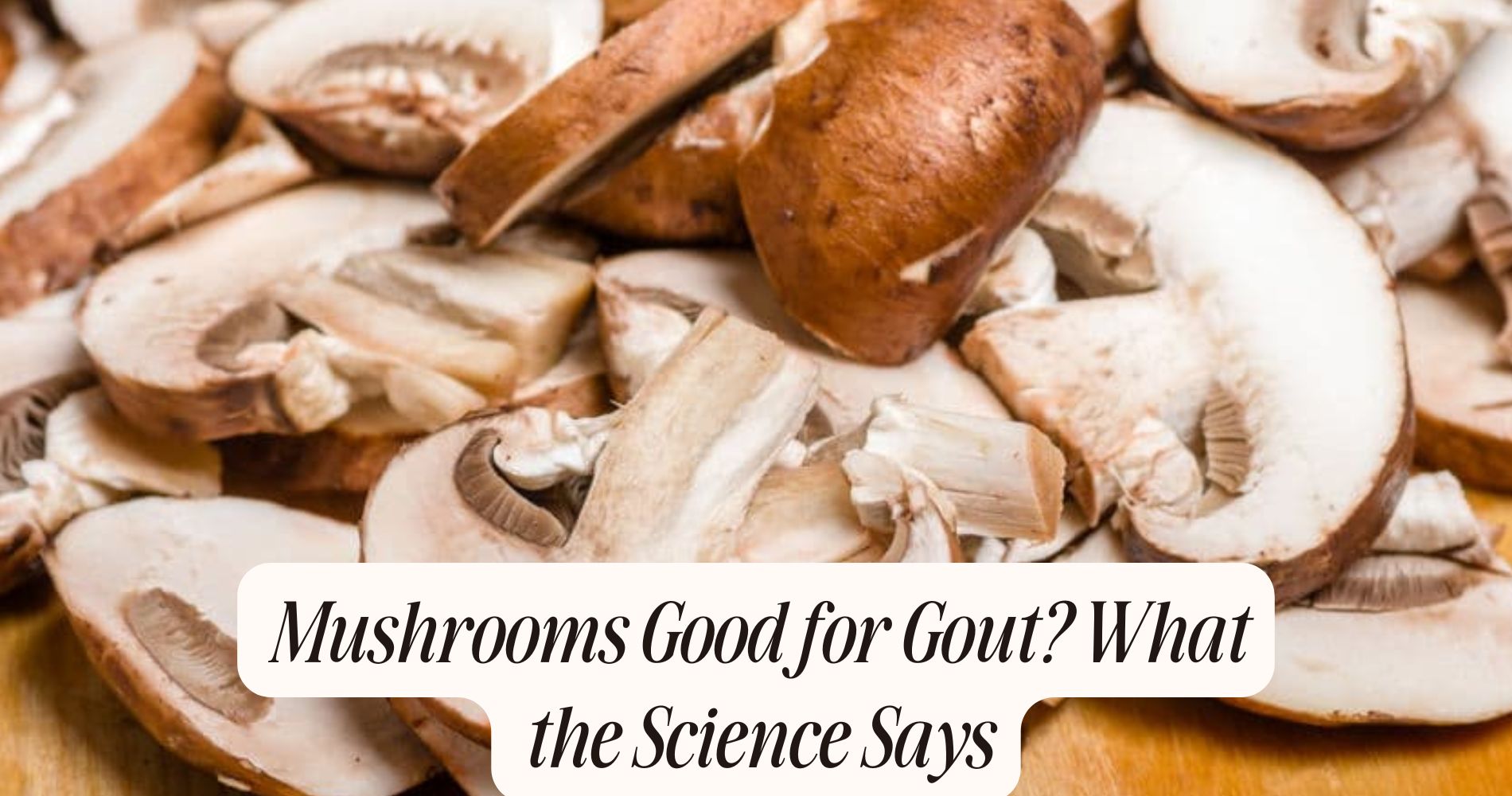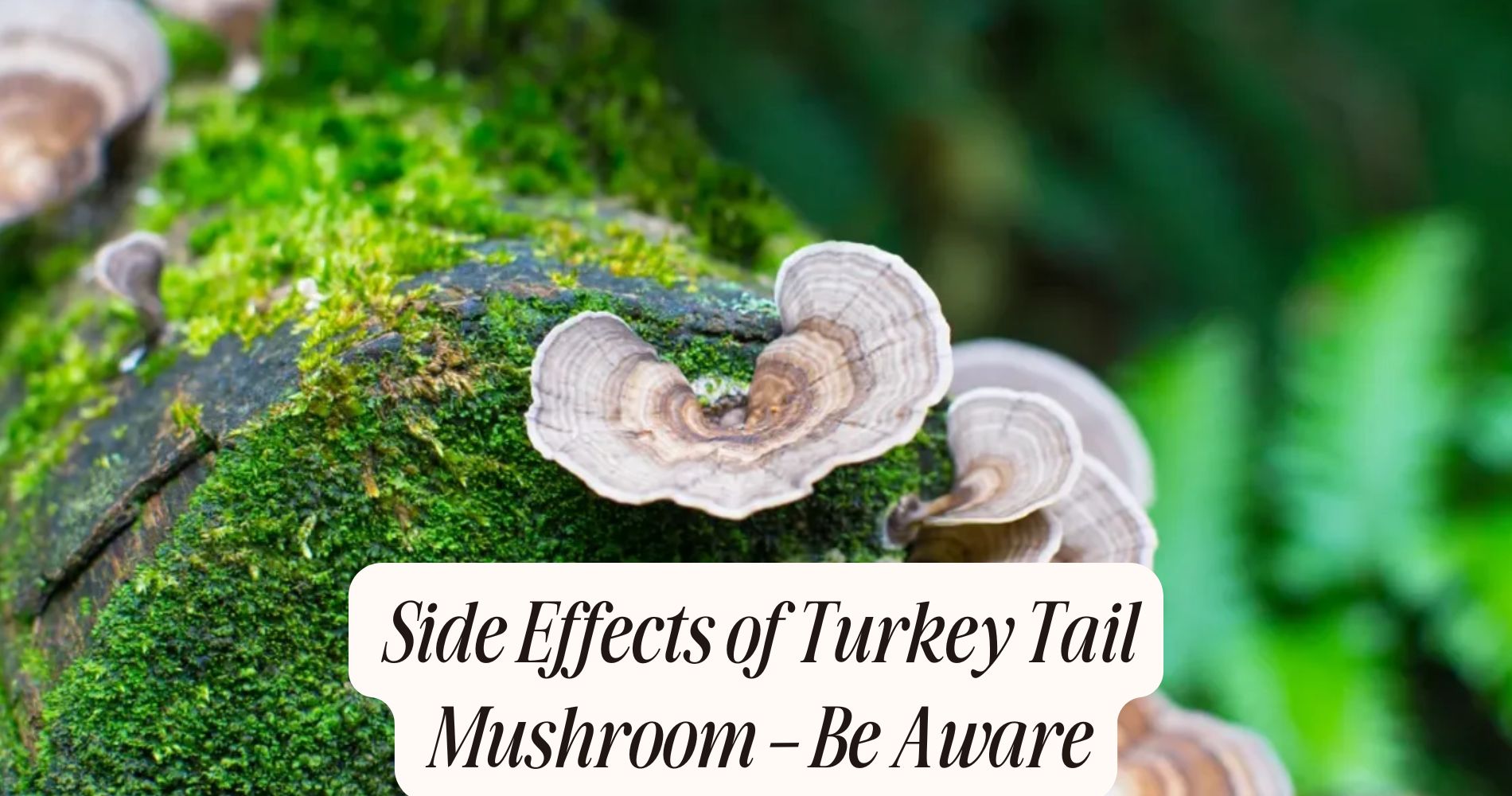
How to Tell If Shiitake Mushrooms Are Bad
How to tell if shiitake mushrooms are bad? You’ll know shiitake mushrooms are bad if you spot major color shifts—like yellowing, black spots, or moldy fuzz—on their surface. A slimy, sticky coating or deep wrinkles shows enzymatic degradation and dehydration. If they emit a sour, ammonia-like odor or feel soft rather than taut and firm, microbial decay has set in. Any sign of mold, dark spots, or prolonged storage over 7–10 days means discard immediately. More detailed identification signs follow below.
Changes in Color and Appearance
Although shiitake mushrooms typically exhibit a firm texture and a rich brown hue, any deviation in color or surface integrity often indicates spoilage. You should inspect each mushroom for abnormal color change; a shift from brown to yellowish, dark brown, or black suggests enzymatic browning or microbial contamination.

Pay close attention to the cap and stem surfaces for surface blemishes such as dark spots, white fuzz, or patches of mold, which are clear signals of fungal or bacterial growth. If you observe wrinkling or shriveling, this denotes excessive dehydration or senescence.
Glossiness or a slimy film on the surface further confirms tissue breakdown. By evaluating these visual indicators, you can make informed decisions regarding the edibility and quality of your shiitake mushrooms.
Unpleasant or Sour Odor
When shiitake mushrooms emit an off-putting or sour odor, it typically signifies advanced microbial decomposition. You should recognize that fresh shiitake mushrooms have a mild, earthy aroma—any deviation toward pungency or acidity suggests bacterial or fungal activity.
This olfactory change is a critical freshness indicator, often preceding visible spoilage. Rely on your sense of smell: if you detect sour, ammonia-like, or musty notes, the mushrooms are no longer suitable for consumption.
Proper storage tips can help retain ideal aroma and delay spoilage. Always store shiitake mushrooms in a paper bag within the refrigerator to allow for moisture regulation and air circulation. Avoid tightly sealed plastic, which fosters anaerobic conditions and accelerates decomposition, increasing the likelihood of developing unpleasant odors.
Slimy or Sticky Texture
Alongside shifts in aroma, changes in the surface texture of shiitake mushrooms offer another reliable spoilage indicator. When inspecting your mushrooms, pay close attention to moisture retention and texture firmness.
Fresh shiitake should exhibit a dry, taut cap with a resilient feel. If you detect a slimy or sticky film coating the surface, this suggests microbial activity has begun breaking down cell walls, leading to excess moisture accumulation.

Such a texture also correlates with compromised structural integrity, meaning the mushroom’s firmness is markedly reduced. You might notice the cap or stem feels slippery or tacky to the touch, both of which are signs of enzymatic degradation.
Once this stage is reached, the mushrooms are no longer suitable for consumption and should be discarded promptly.
Wrinkles, Dryness, and Shriveling
While moderate dehydration is natural during storage, pronounced wrinkles, dryness, and shriveling indicate advanced deterioration in shiitake mushrooms.
When evaluating freshness indicators, examine the cap and stem texture. Healthy shiitakes should display a firm, plump appearance with minimal surface contraction.
If you observe deep fissures, extensive desiccation, or a leathery surface, these are spoilage signs resulting from moisture loss and cellular breakdown.
The gills may also contract, and the mushroom can become brittle, reducing both culinary quality and nutritional value.
You should distinguish between slight surface creasing, which is expected over time, and severe wrinkling, which compromises edibility.
If the mushrooms exhibit pervasive shriveling or feel overly tough, it’s an indication that quality has diminished and consumption isn't recommended for ideal safety and taste.
Visible Mold or Dark Spots
In addition to texture changes, you should inspect shiitake mushrooms for visible mold or dark spots, which are definitive signs of spoilage. Examine the mushroom caps and stems closely for surface discoloration, such as irregular black, green, or white patches. These anomalies often indicate secondary fungal growth, distinct from the natural shiitake mycelium.

Mold colonies may appear fuzzy or powdery and can spread rapidly across moist surfaces. Dark spots, especially those that penetrate the flesh or exhibit a slimy texture, suggest advanced enzymatic degradation and microbial contamination. If you observe any of these features, it’s important to discard the affected mushrooms immediately, as the presence of pathogenic fungi or bacteria can pose health risks.
Always prioritize visual assessment alongside other sensory evaluations.
Storage Time and Expiration Signs
Because shiitake mushrooms exhibit a limited post-harvest lifespan, monitoring storage duration becomes critical for evaluating edibility. You should always verify the packaging labels for the harvest or expiration date, as these provide a baseline for peak freshness.
Under refrigeration at approximately 4°C, shiitake mushrooms typically maintain quality for 7–10 days. Beyond this window, enzymatic browning, dehydration, and microbial proliferation accelerate, compromising both texture and safety.
For freshness testing, assess tactile firmness and olfactory cues—mushrooms past their prime develop a slimy surface and emit an ammonia-like odor, indicating protein degradation and possible spoilage. If you detect these changes, discard the product immediately.
Don’t ignore visual cues either; shriveling, excessive wetness, or off-colors further confirm loss of viability. Prioritize proper rotation to guarantee consumption before spoilage occurs.
Your Daily Mushroom Upgrade
Skip the hassle of checking for spoilage and get the benefits of 10 powerful mushroom varieties in one easy step. With SUPER MUSHROOM GUMMIES from Well Gummies, you’ll fuel your brain, support your immune system, and boost focus—all in a tasty wild berry chew. No prep, no spoilage, just natural energy and calm that lasts. Try the smarter way to get your mushrooms daily.
Frequently Asked Questions
Can You Freeze Shiitake Mushrooms to Extend Their Shelf Life?
You can extend shiitake mushrooms' shelf life using specific freezing techniques. Blanch them briefly to deactivate enzymes, then freeze in airtight containers. This mushroom preservation method minimizes cellular degradation, enzymatic browning, and maintains texture, flavor, and nutritional integrity.
Are Dried Shiitake Mushrooms Prone to Spoilage?
You should know that, with proper dried mushroom preservation—airtight containers, low humidity—dried shiitake spoilage is minimal. However, moisture infiltration promotes mold growth and mycotoxin production, so always inspect for discoloration, off-odors, or visible fungal contamination before use.
Is It Safe to Eat Cooked Shiitake Mushrooms Left Out Overnight?
You shouldn't eat cooked shiitake mushrooms left out overnight. Bacterial proliferation and mold growth occur rapidly at room temperature, considerably increasing your risk of food poisoning due to microbial toxins and pathogenic contamination. Refrigerate promptly to ensure safety.
How Should Fresh Shiitake Mushrooms Be Stored for Maximum Freshness?
To optimize storage tips and guarantee freshness preservation, you should place fresh shiitake mushrooms in a paper bag, refrigerate them at 1-4°C, and maintain moderate humidity. This method minimizes moisture accumulation and inhibits microbial proliferation, extending shelf life.
Can You Revive Slightly Wilted Shiitake Mushrooms in Water?
You can attempt reviving mushrooms by submerging slightly wilted shiitake in cold water for 15–20 minutes. This hydration process promotes cellular turgor pressure restoration, aiding freshness preservation, but won’t reverse spoilage or significant textural degradation.
Conclusion
To ensure shiitake mushrooms remain safe and palatable, closely monitor for discoloration, textural changes such as mucilaginous films, and the emergence of mycelial mold growth. Detectable volatile organic compound emissions, particularly sour or ammonia-like odors, signal microbial decomposition. Desiccation, pronounced wrinkling, and the appearance of necrotic spots further indicate senescence. By applying these evaluative criteria, you’ll confidently determine edibility, minimize foodborne risks, and optimize the culinary and nutritional value of your shiitake mushrooms.




